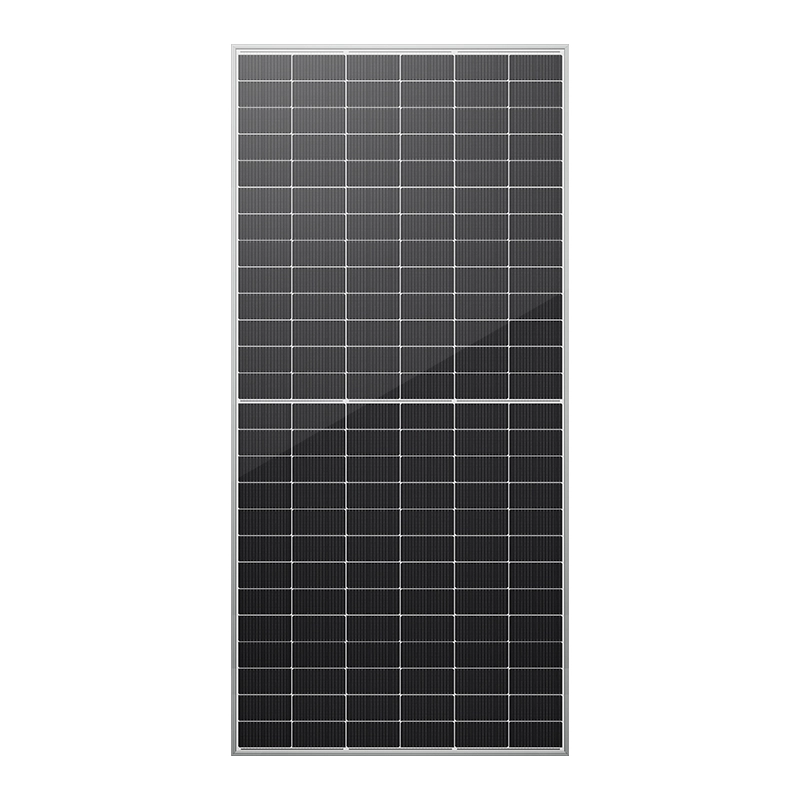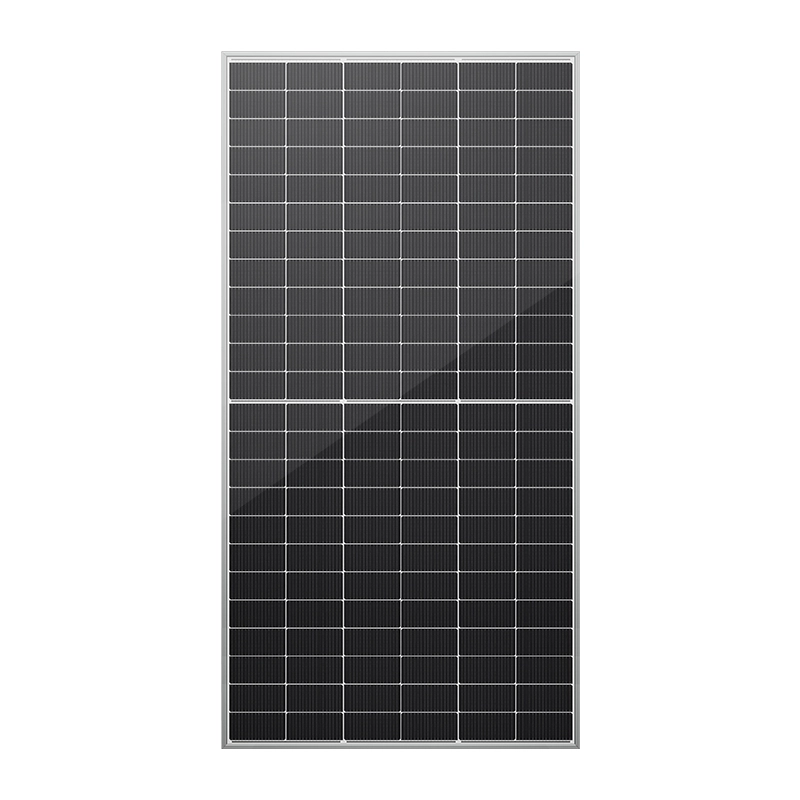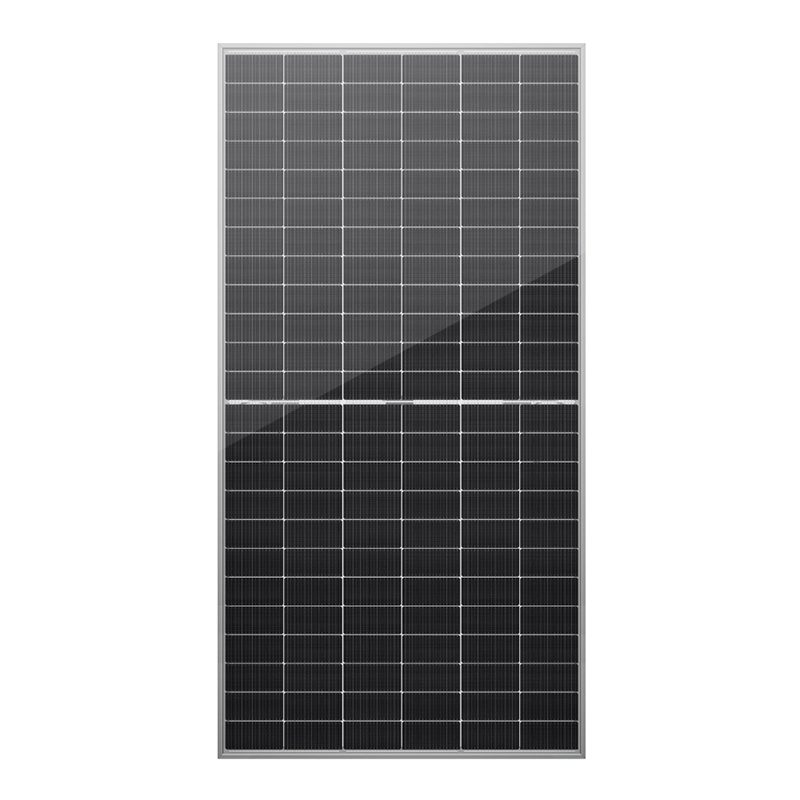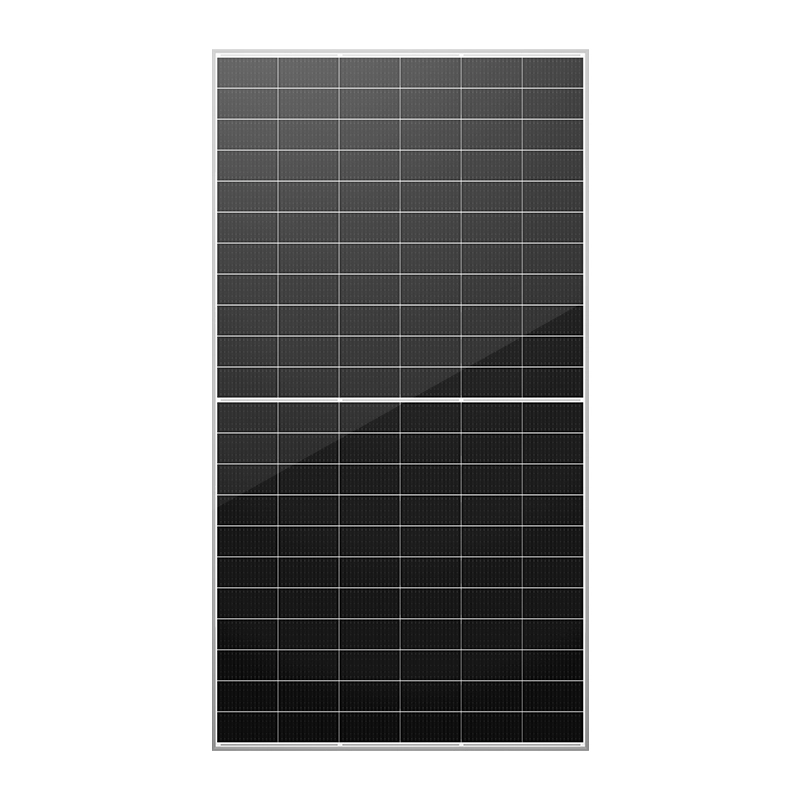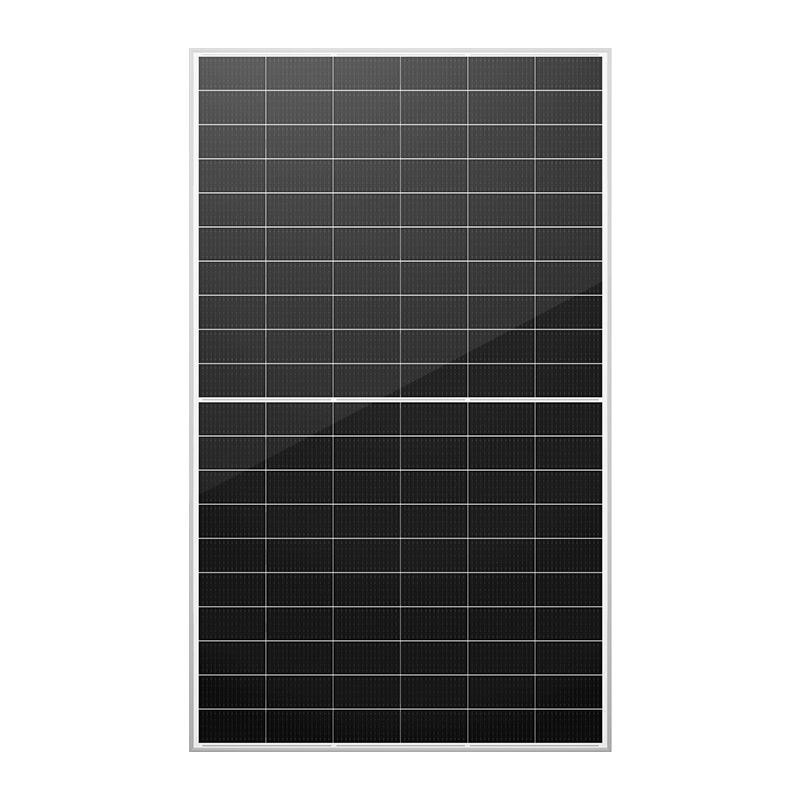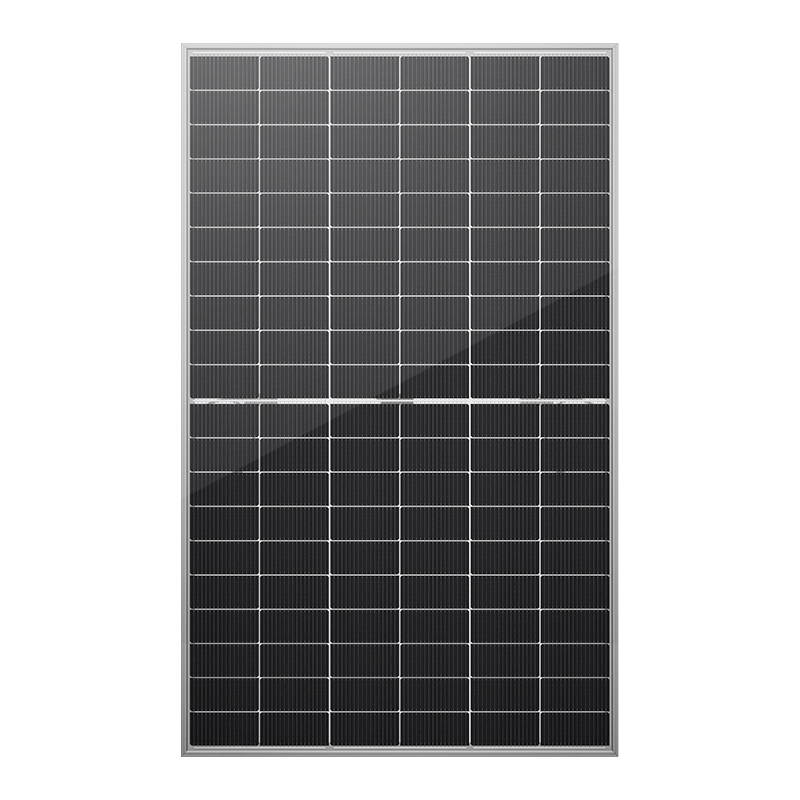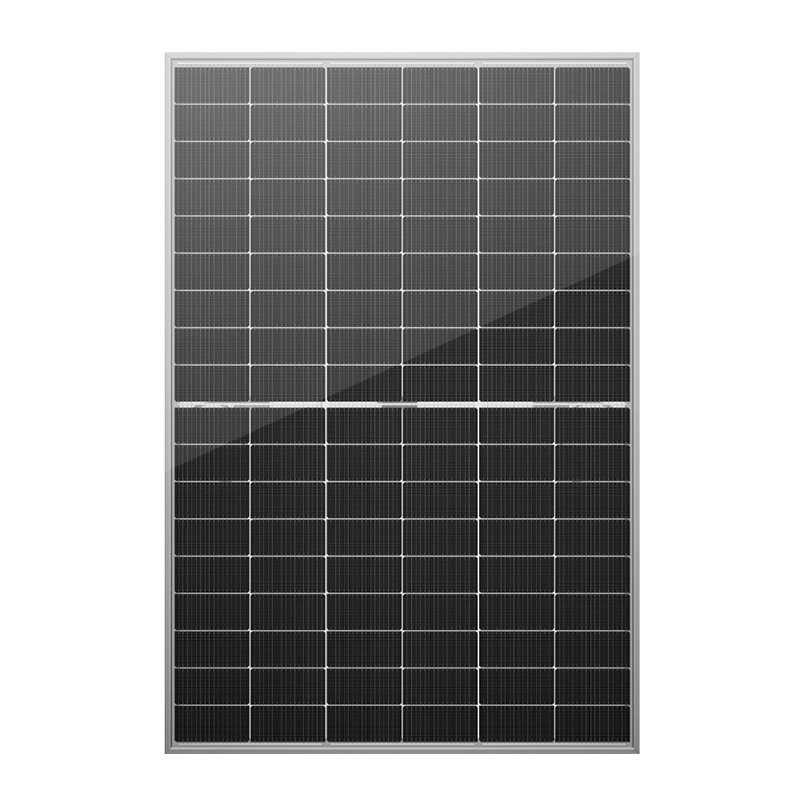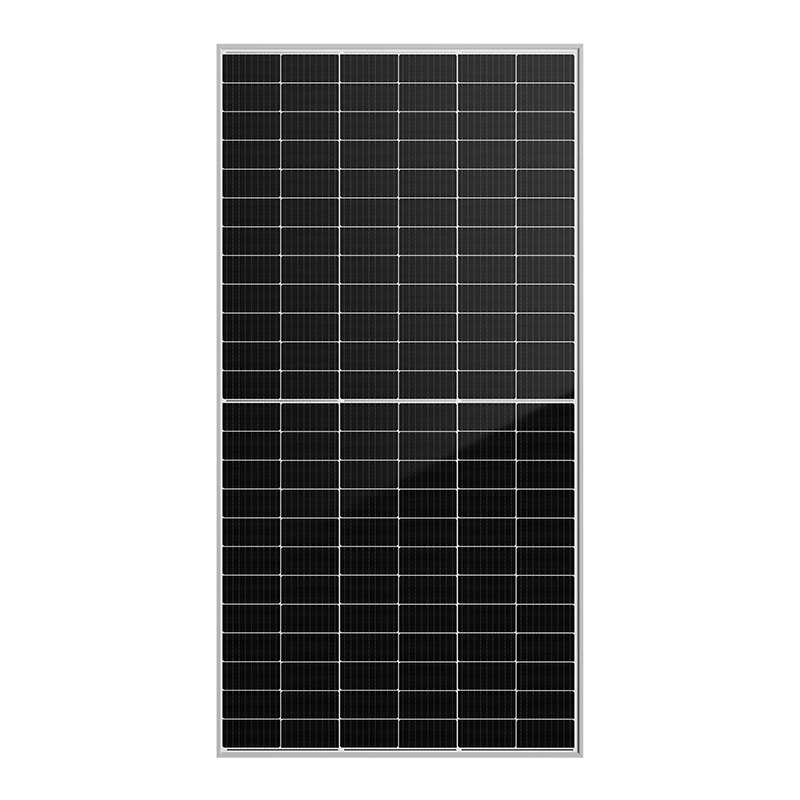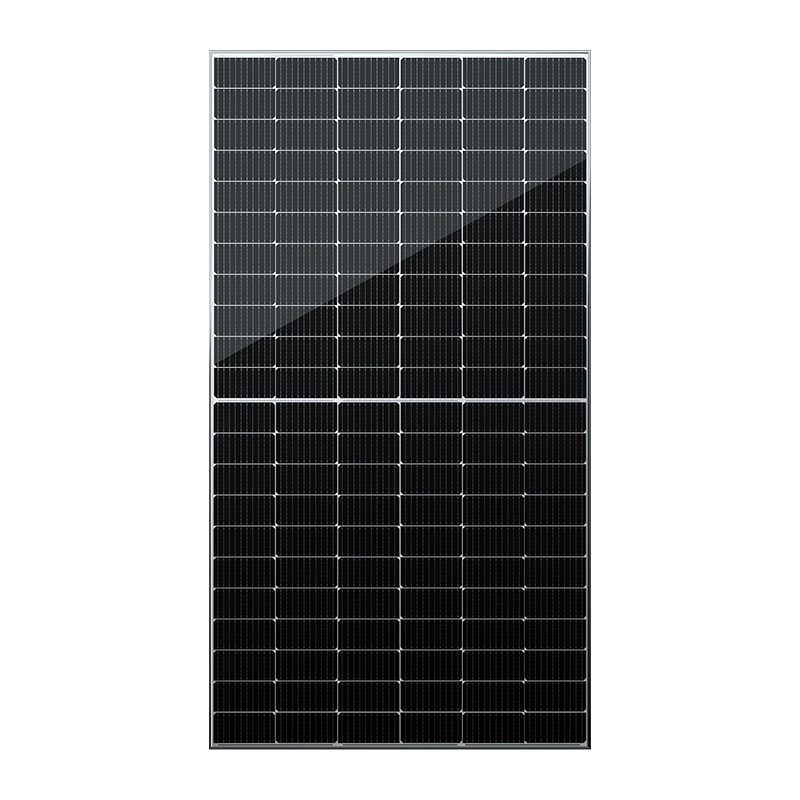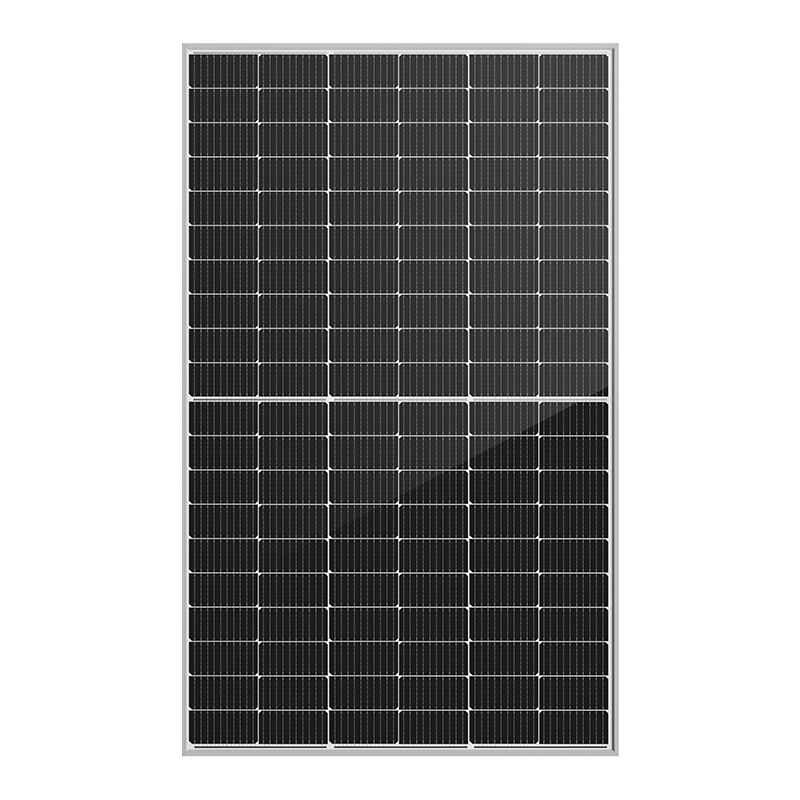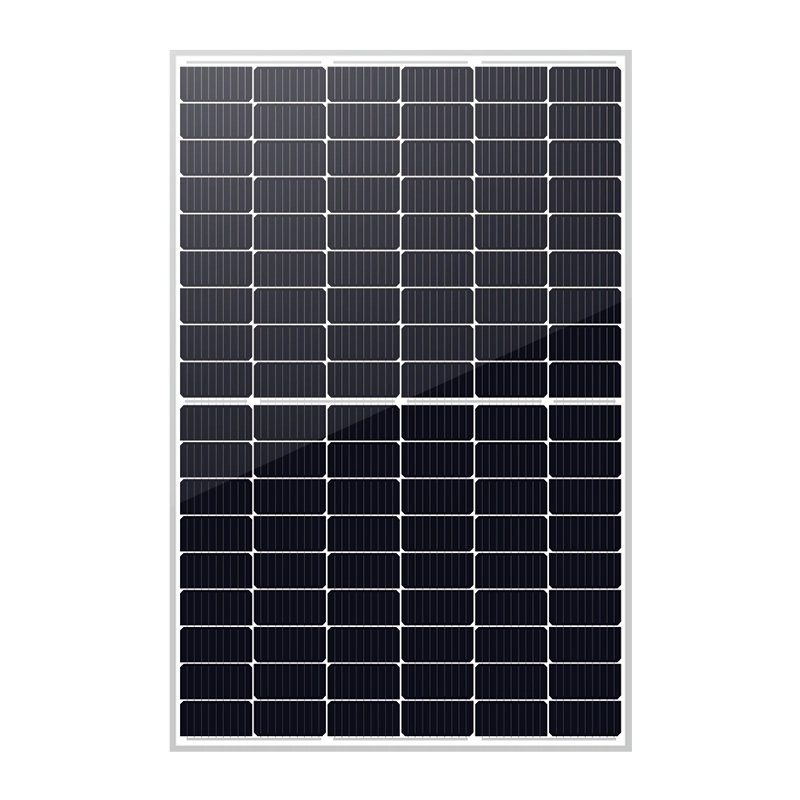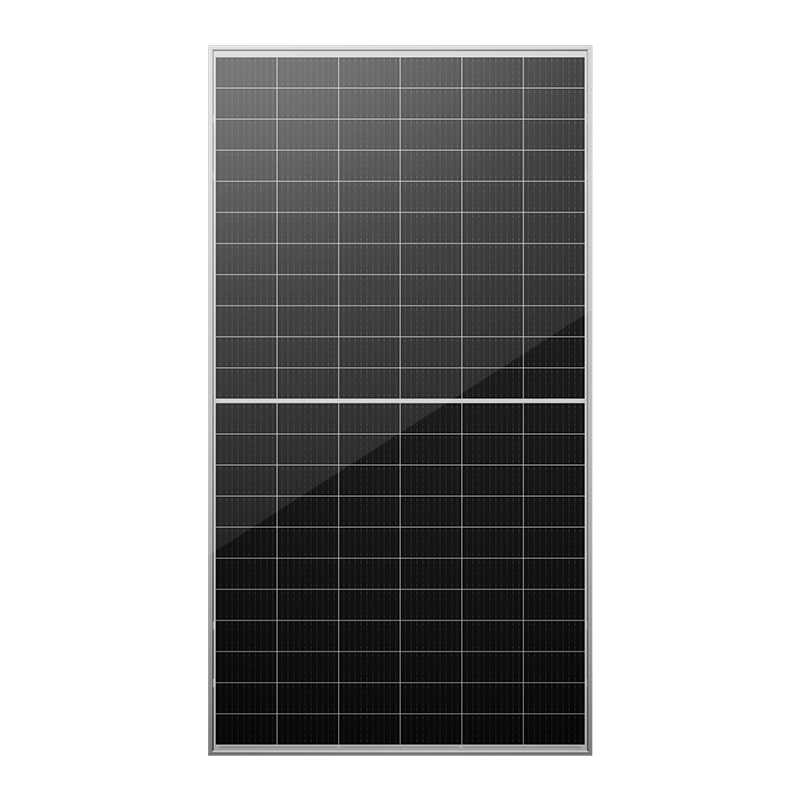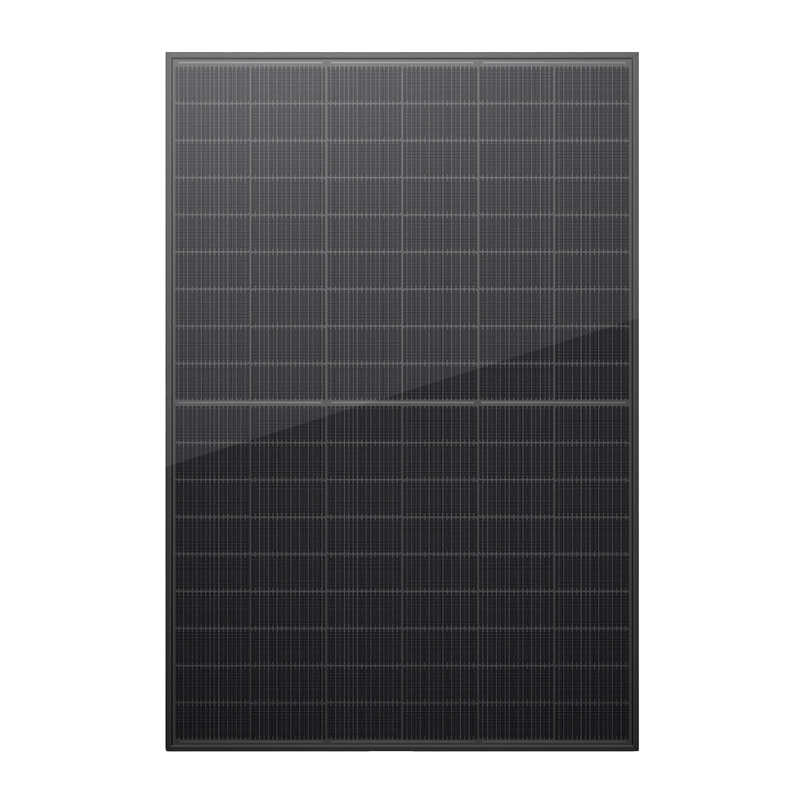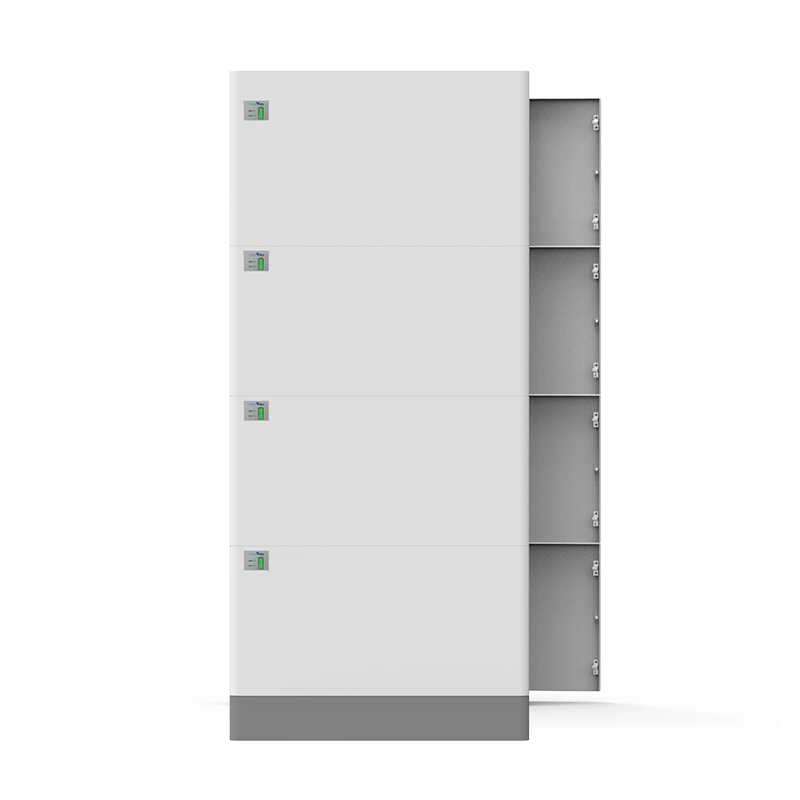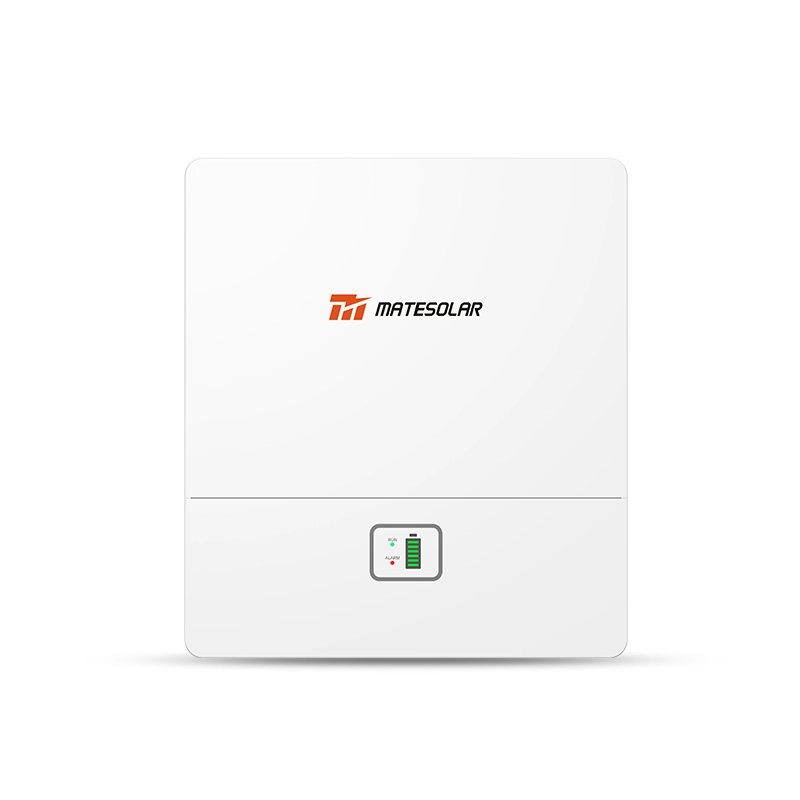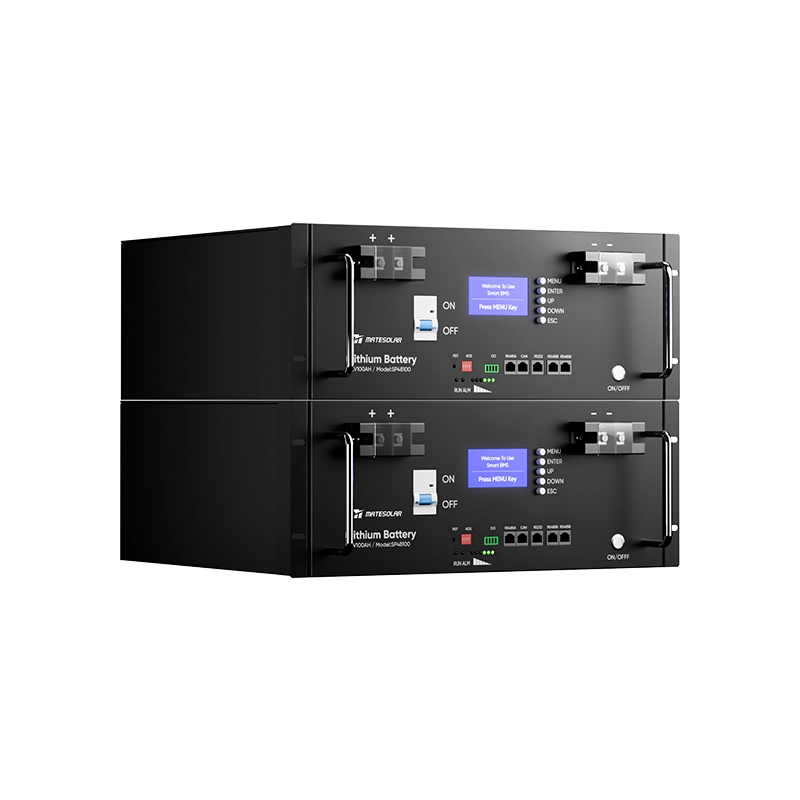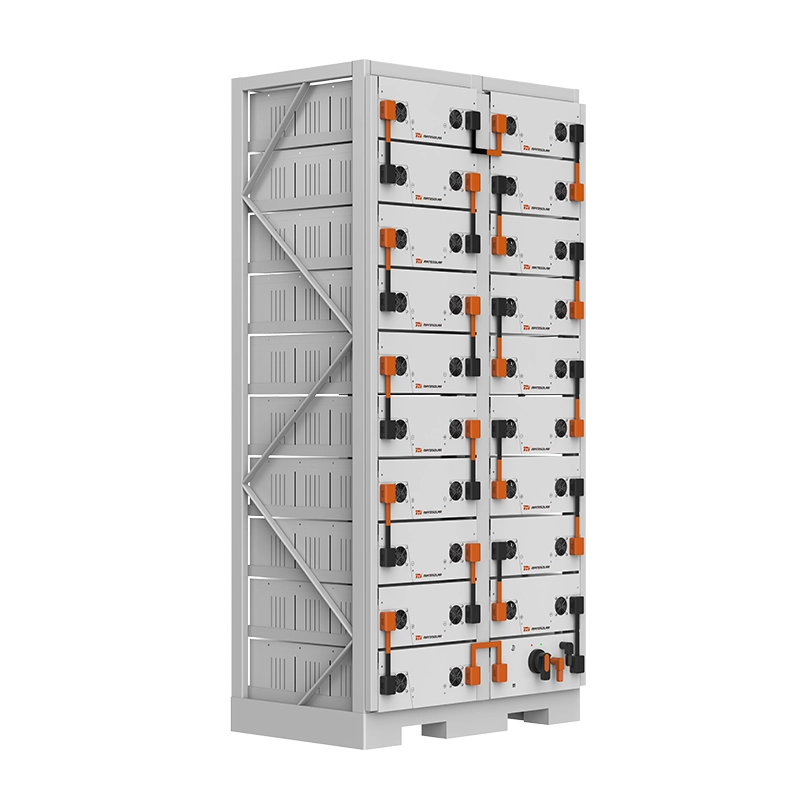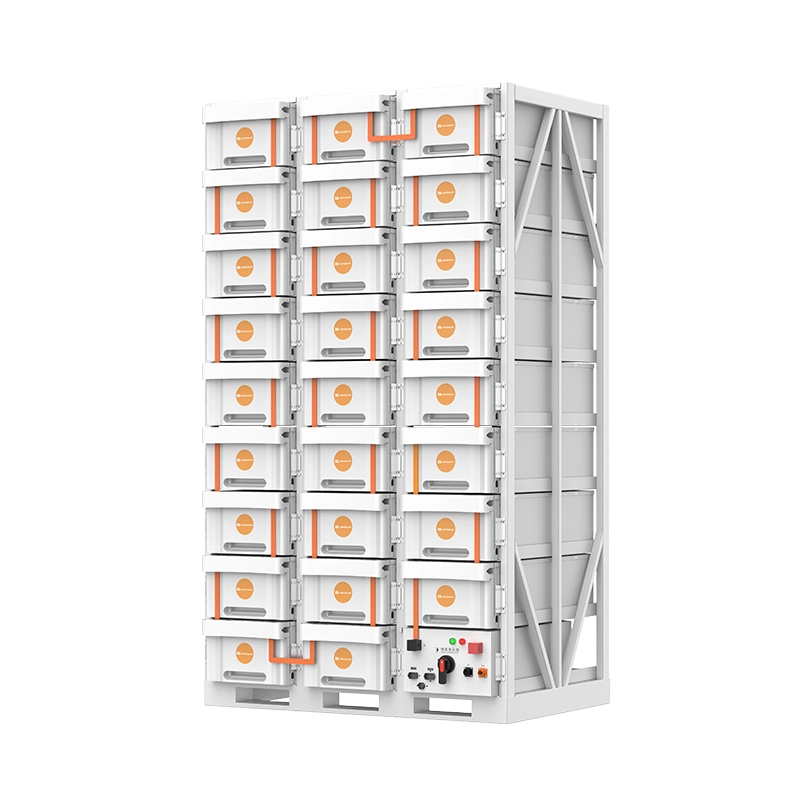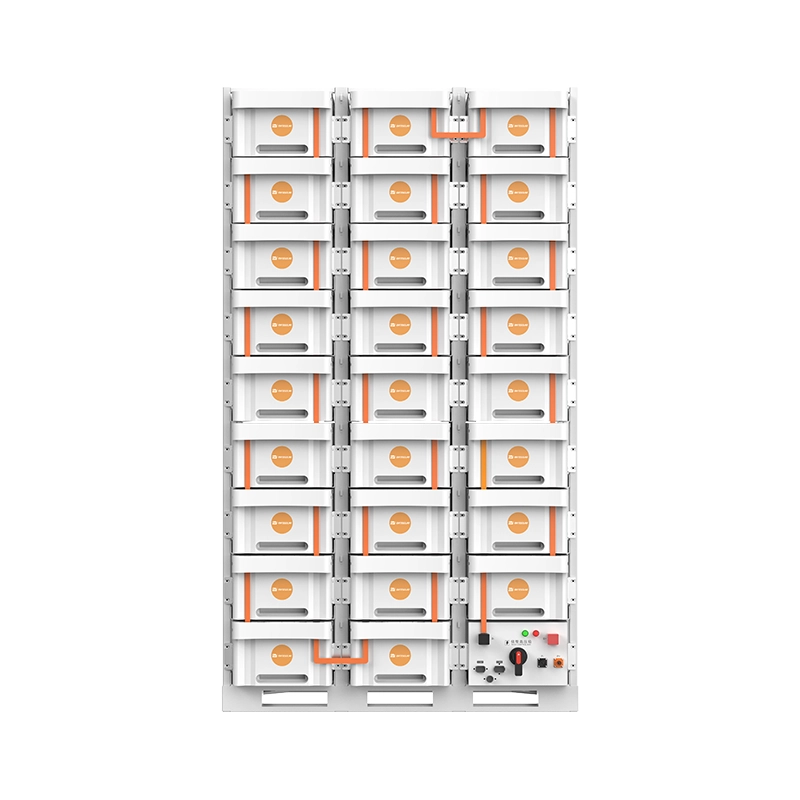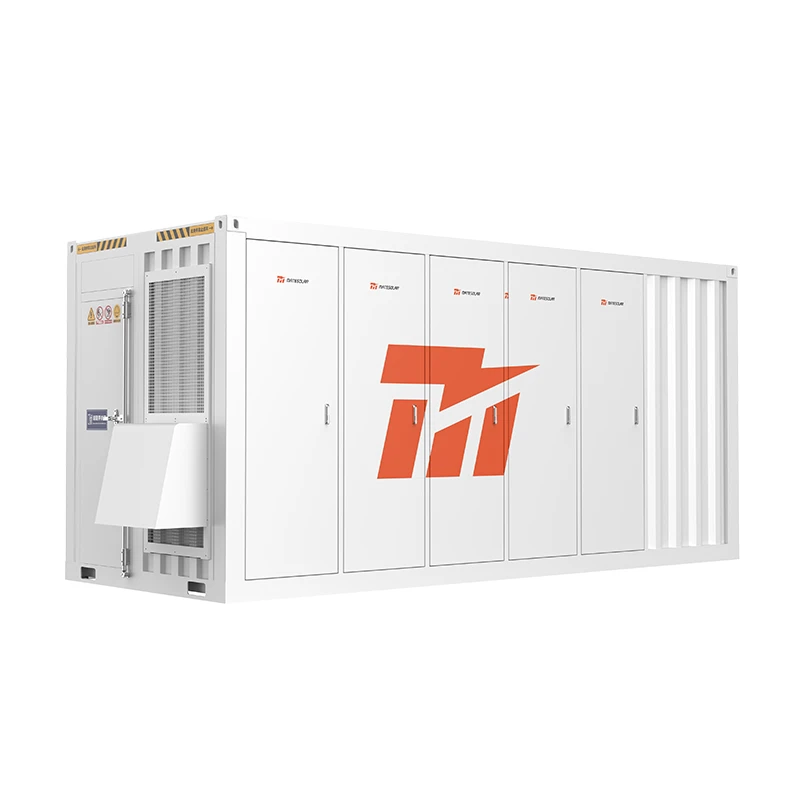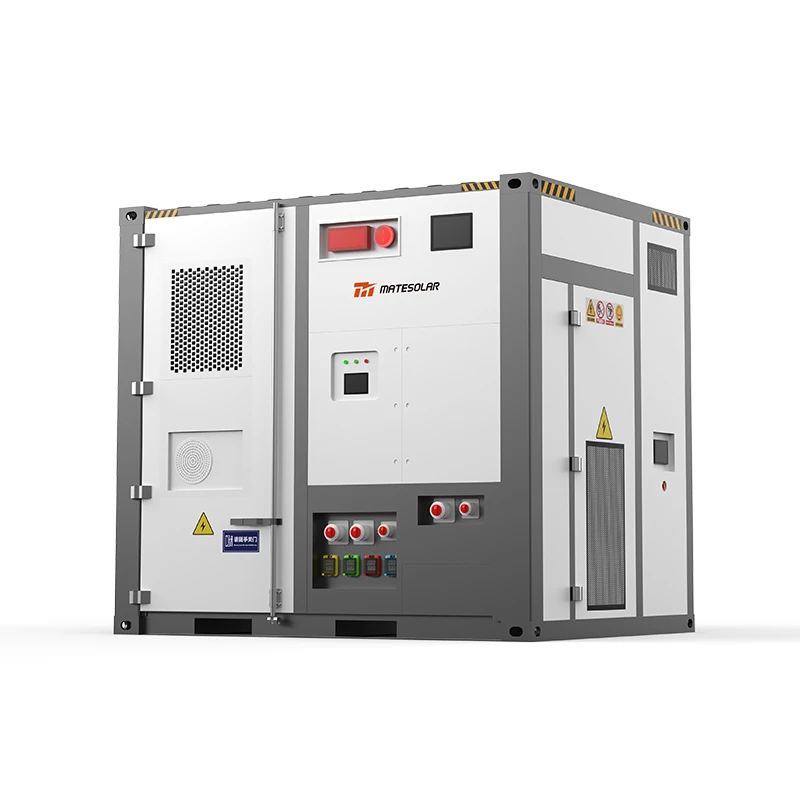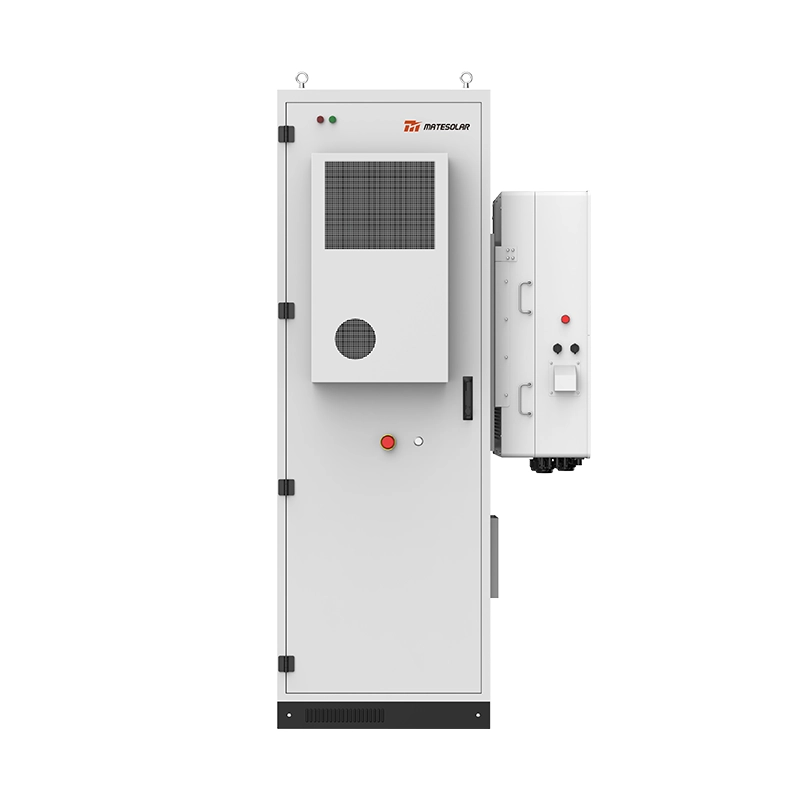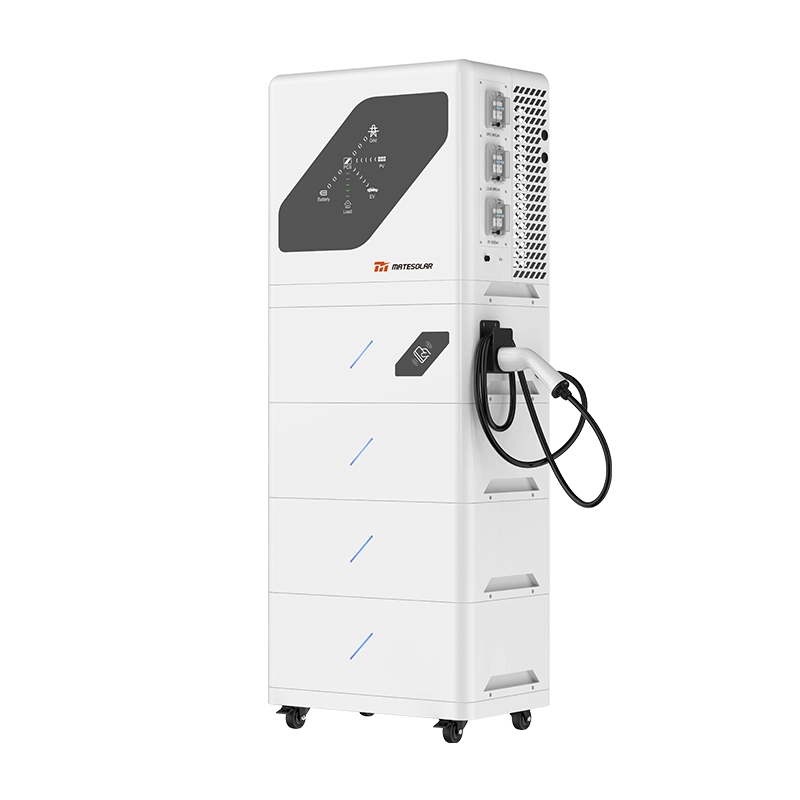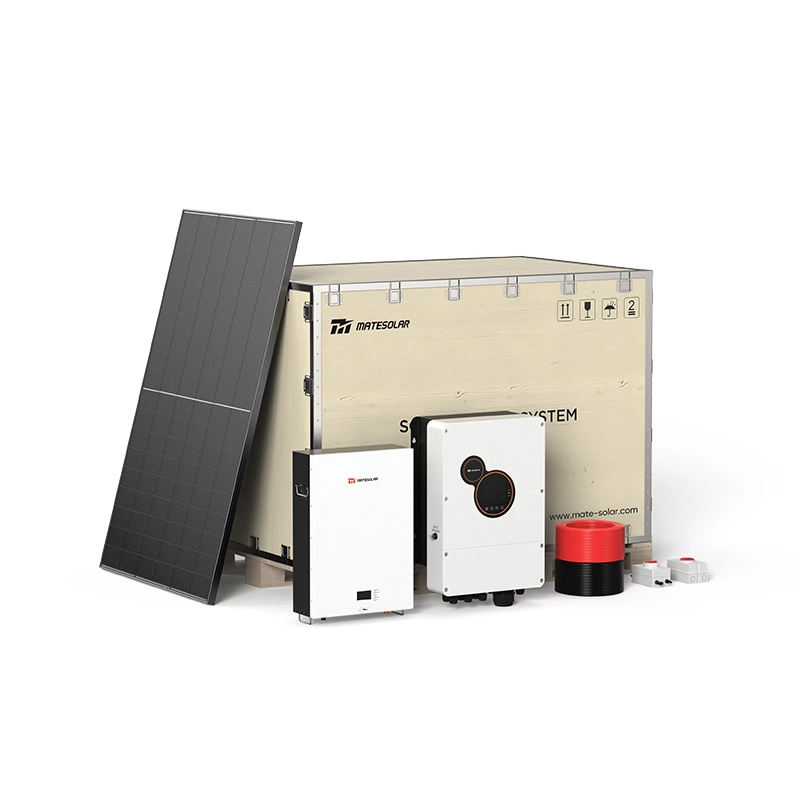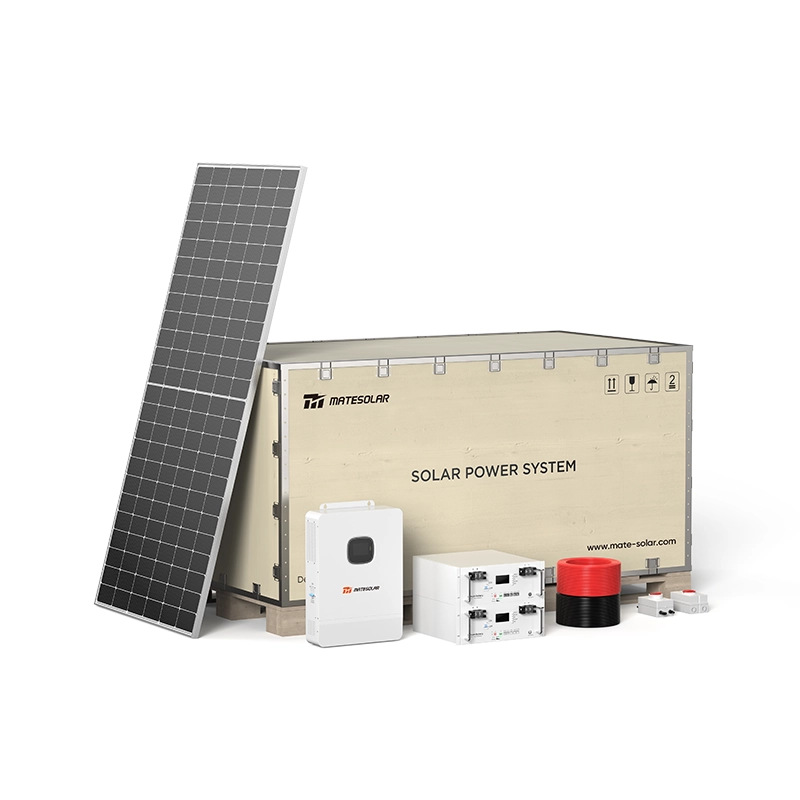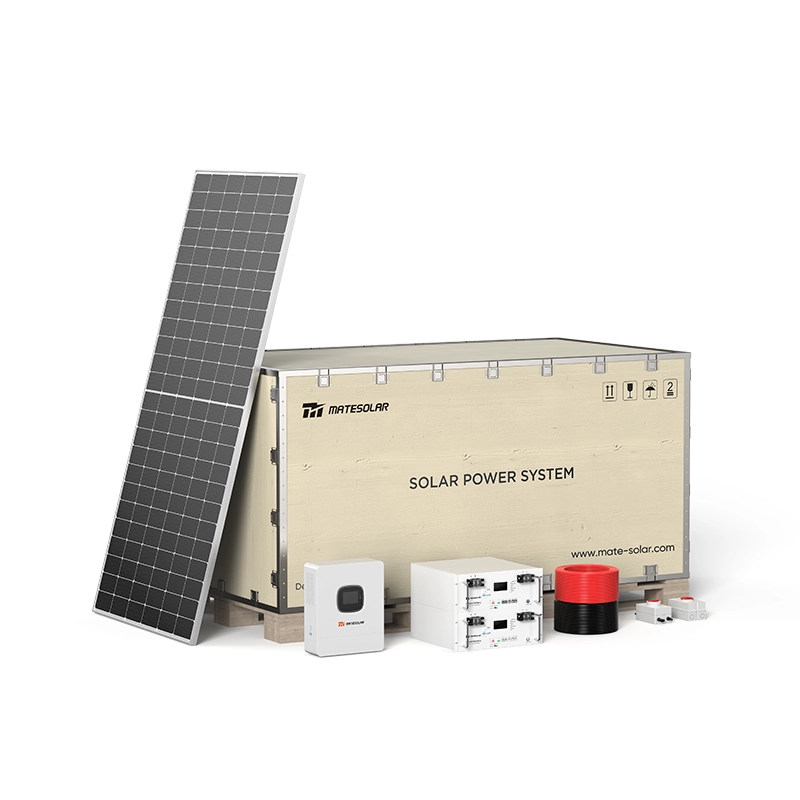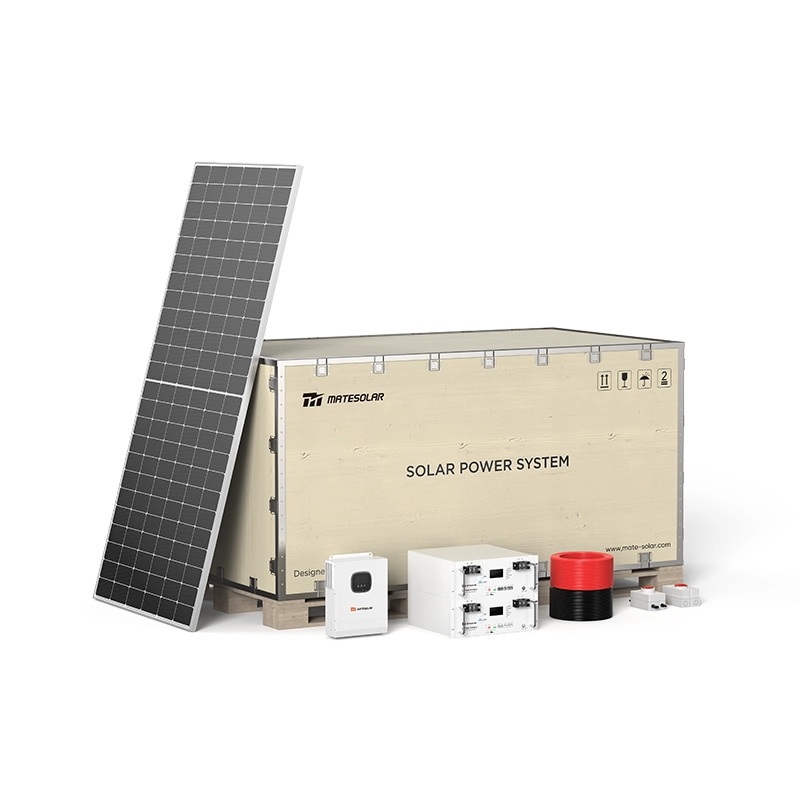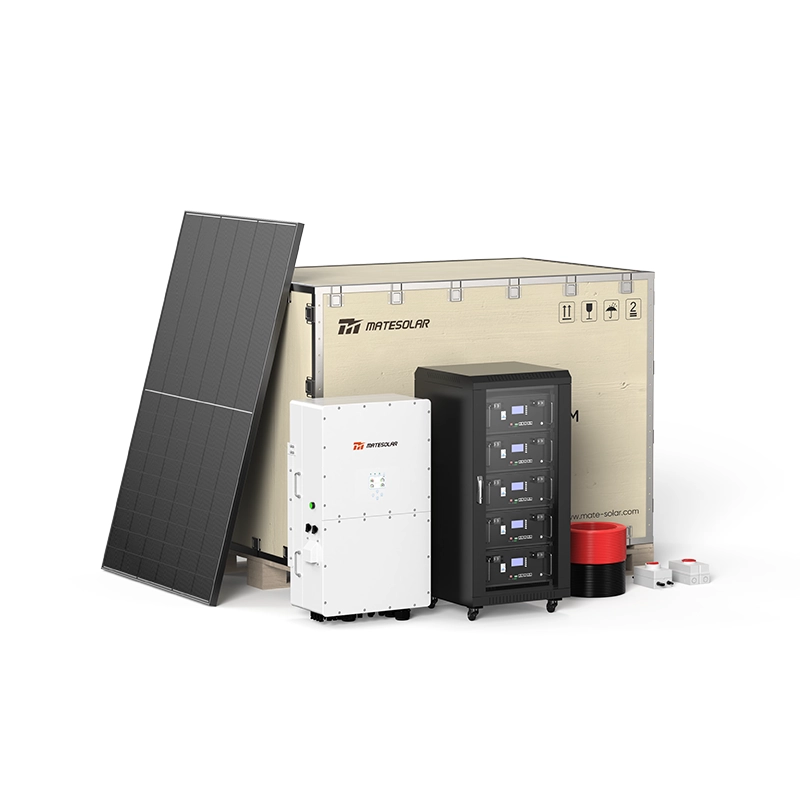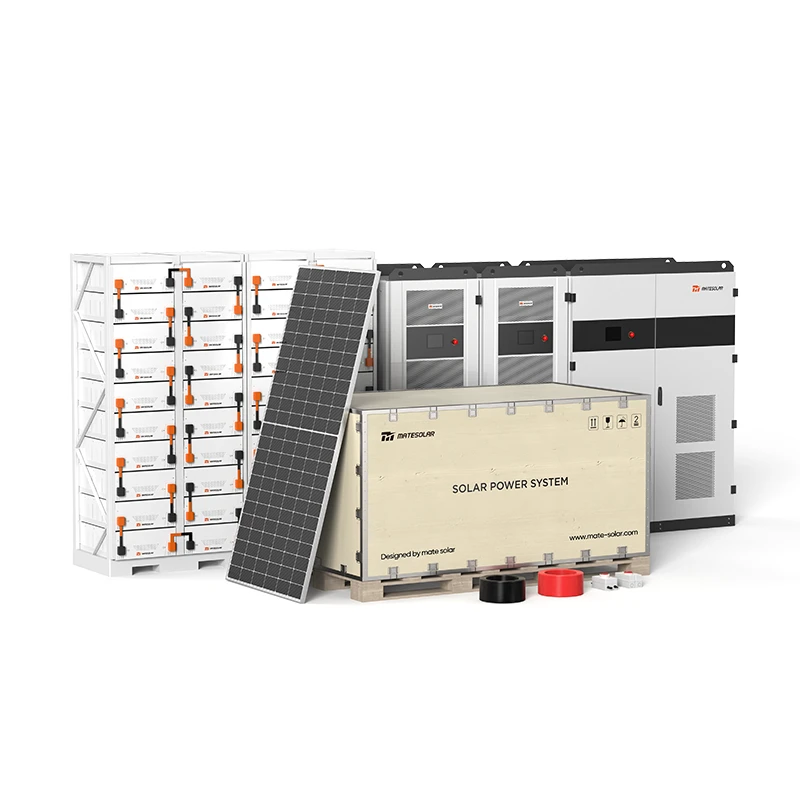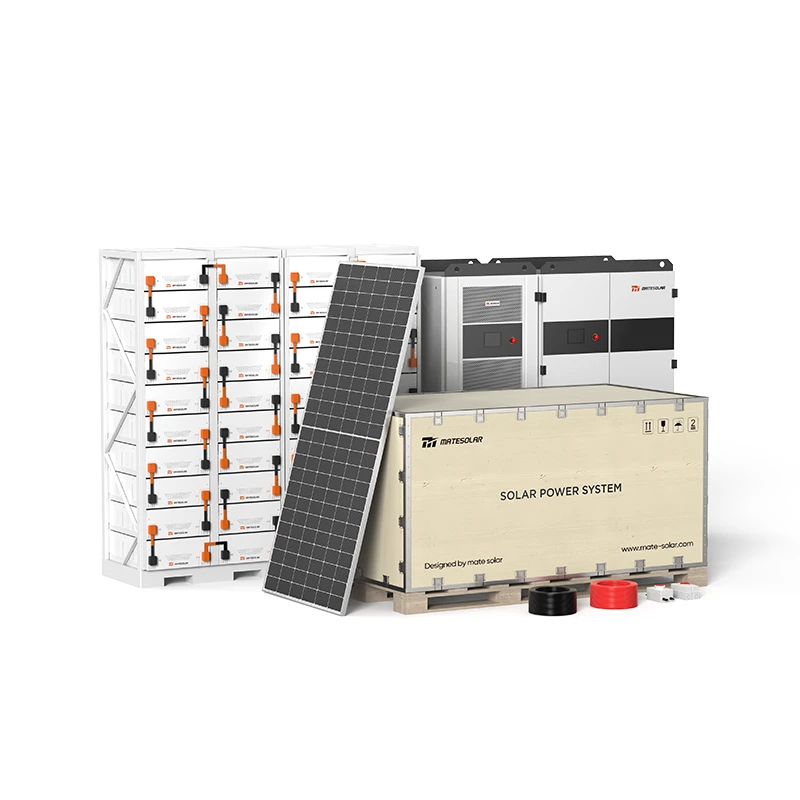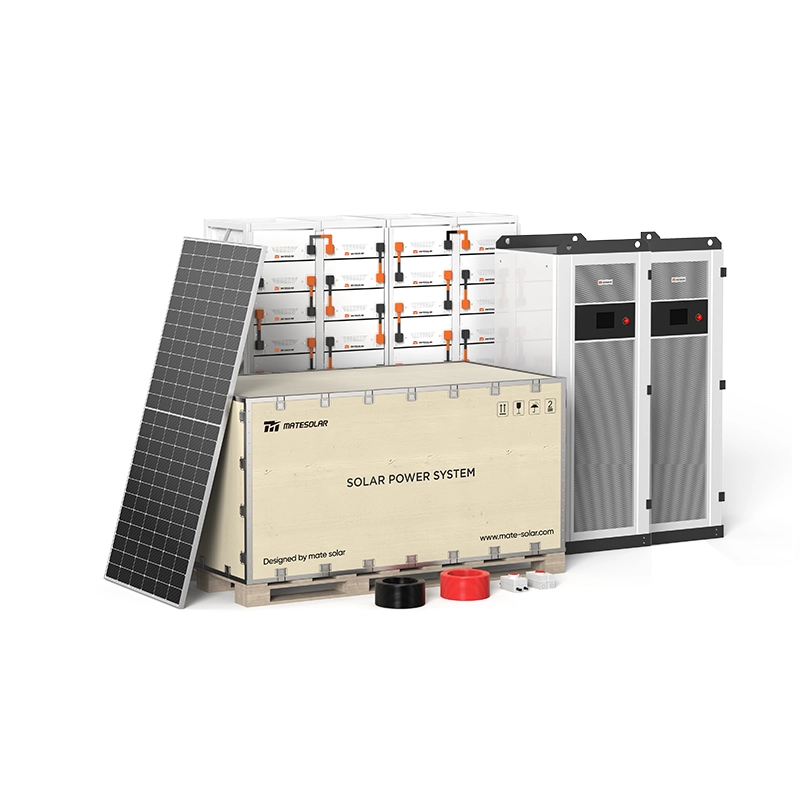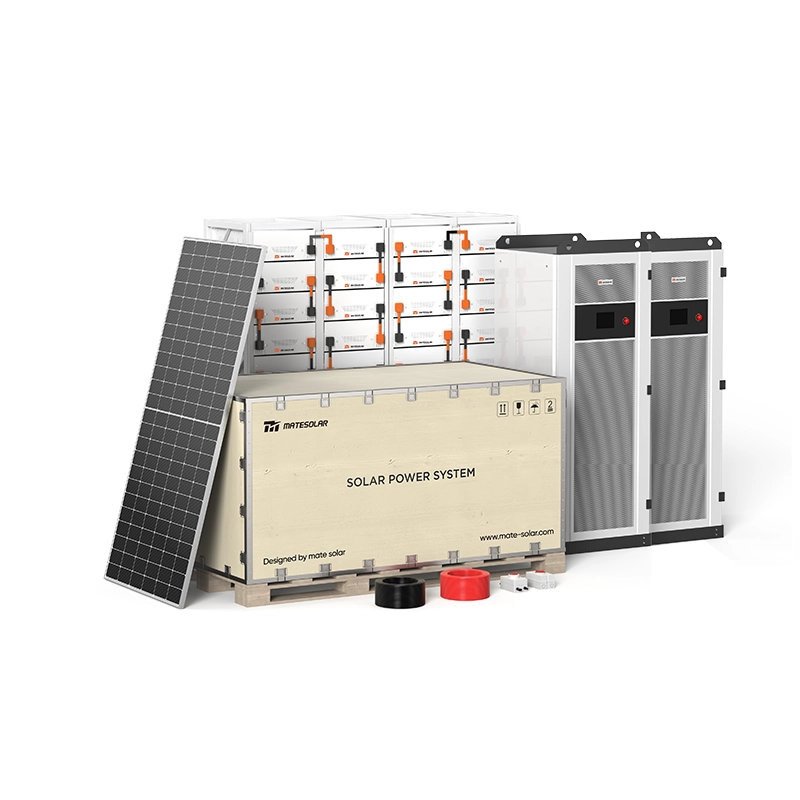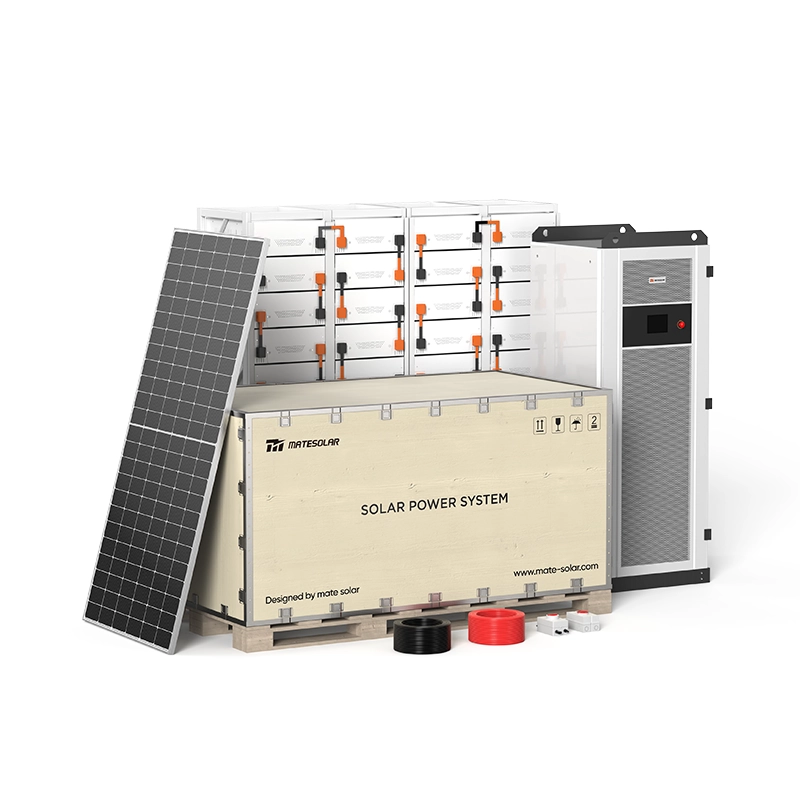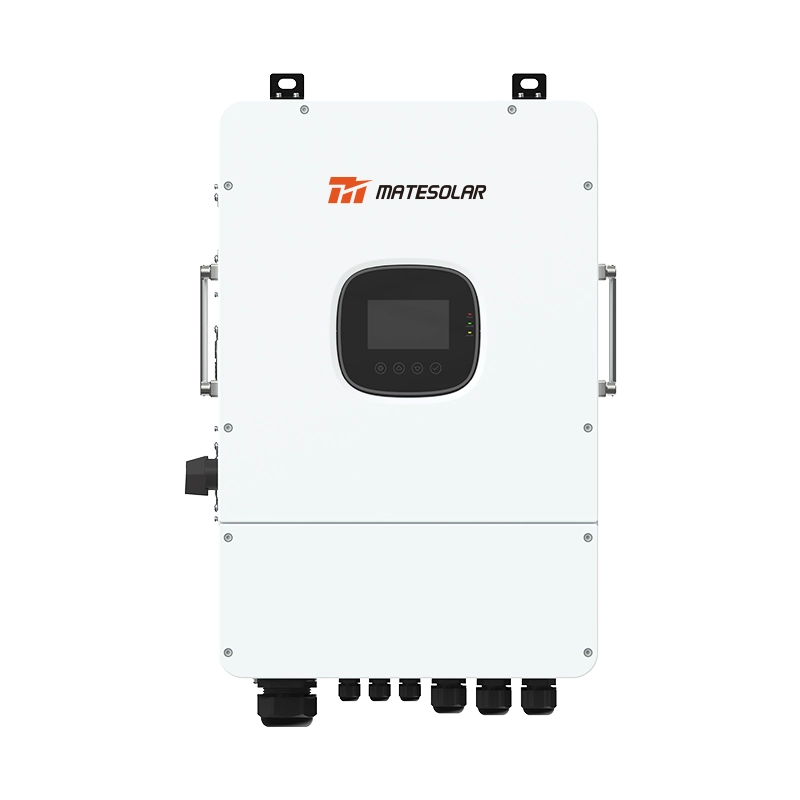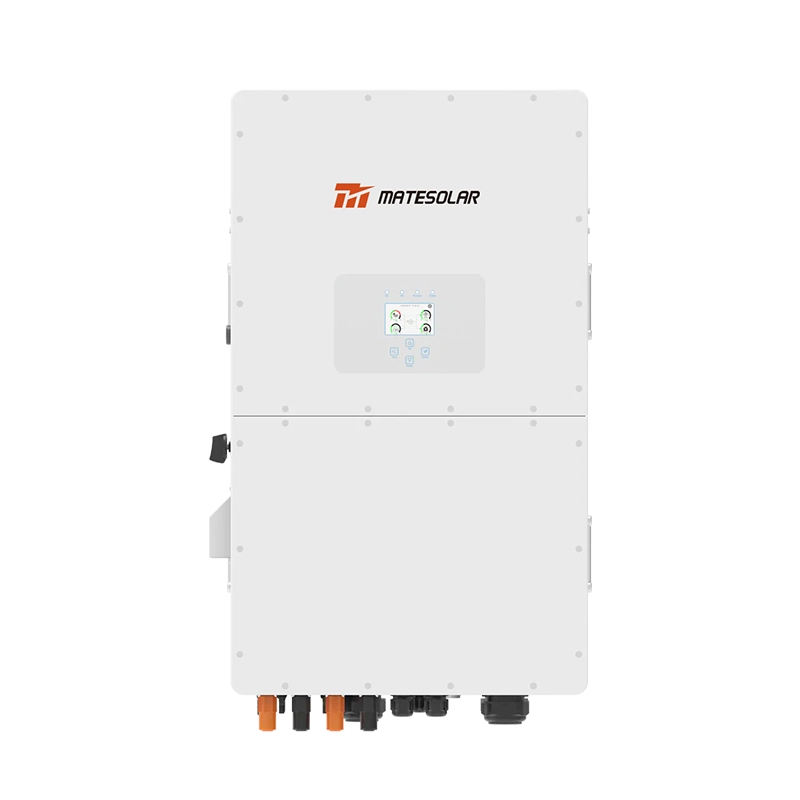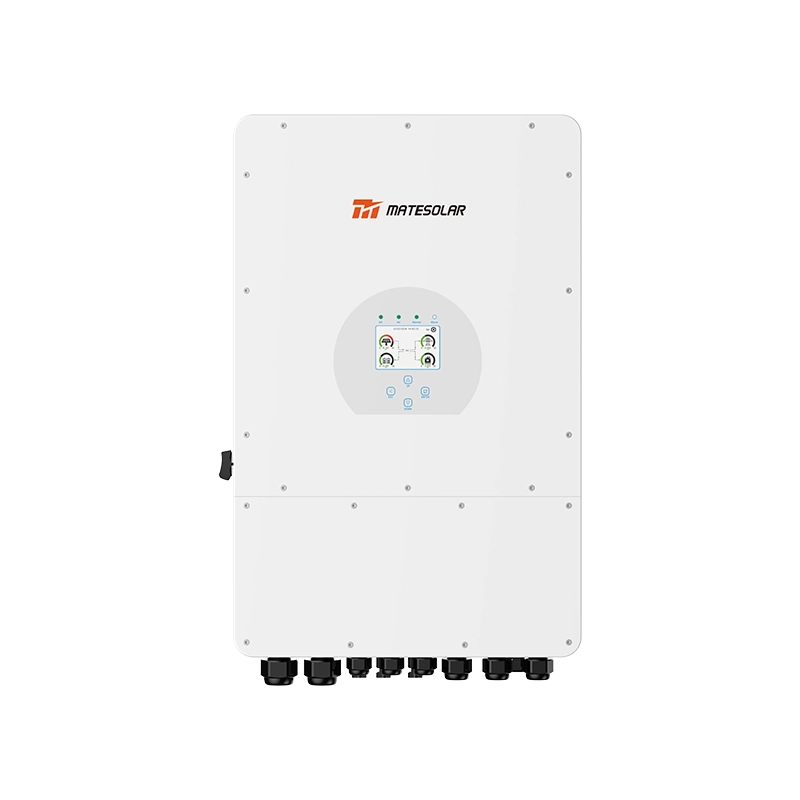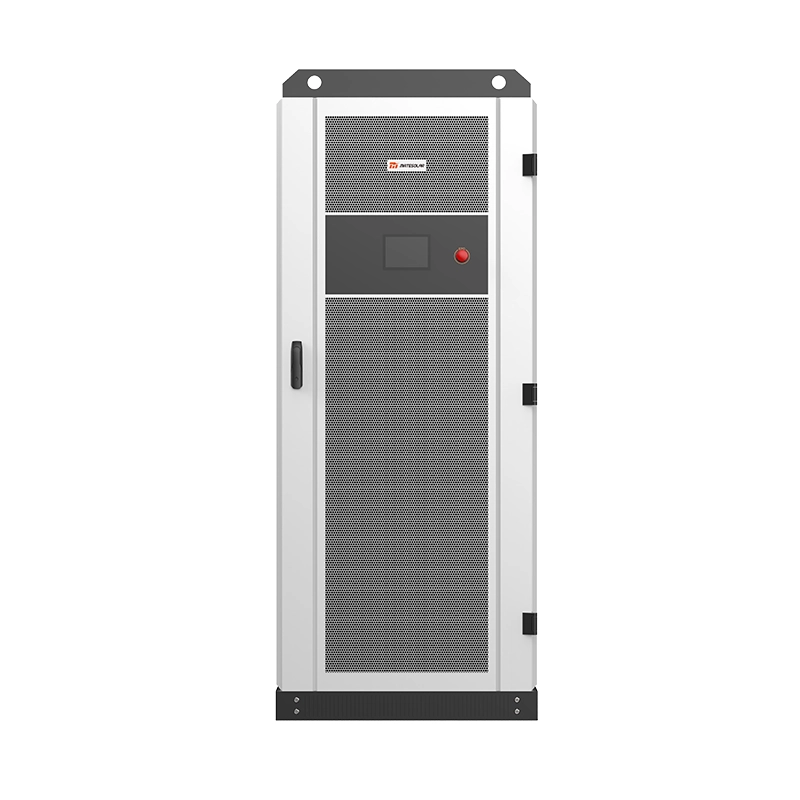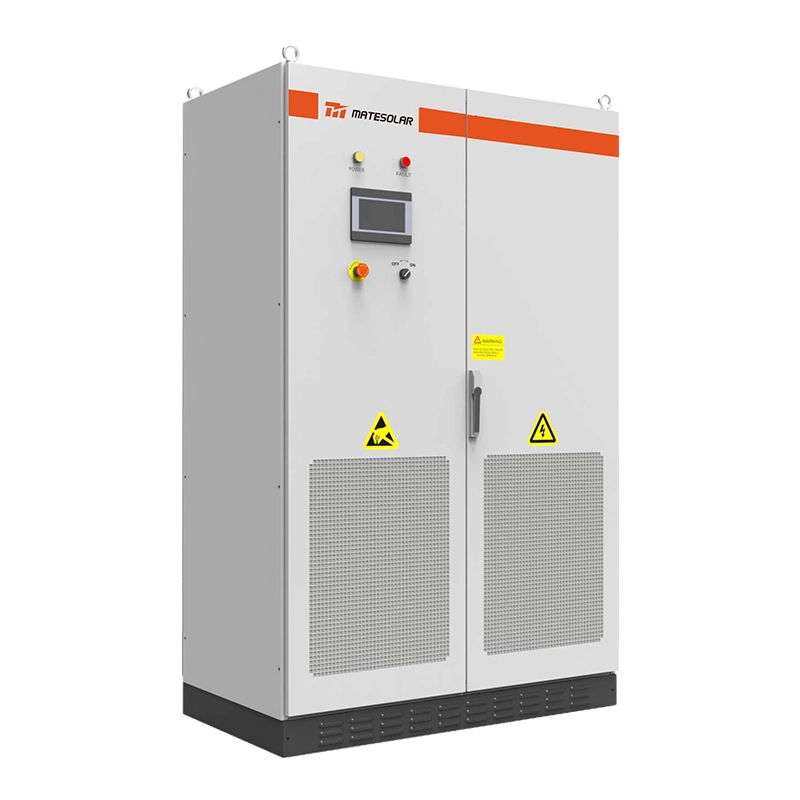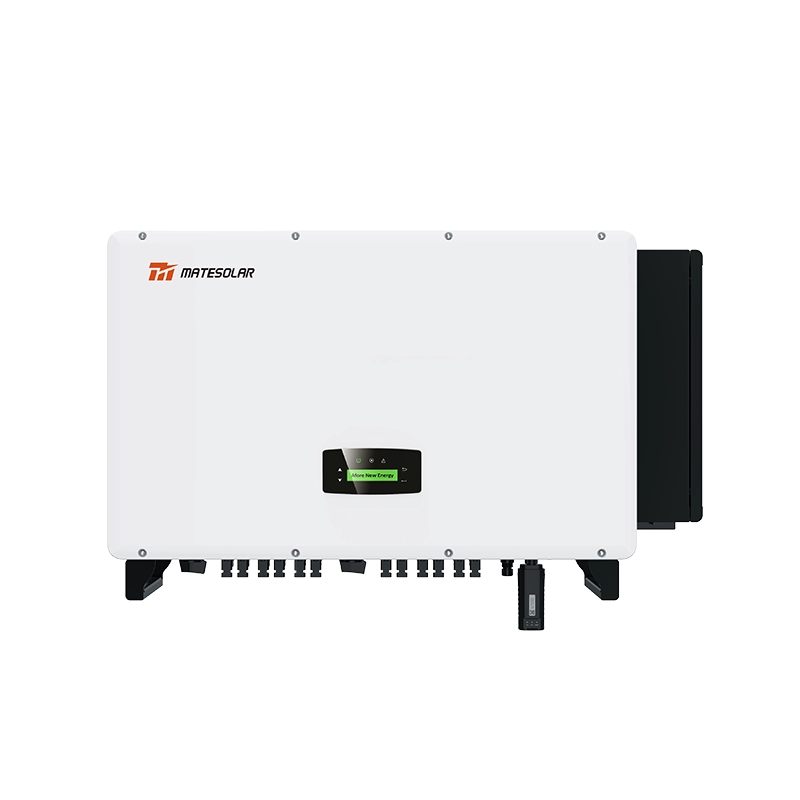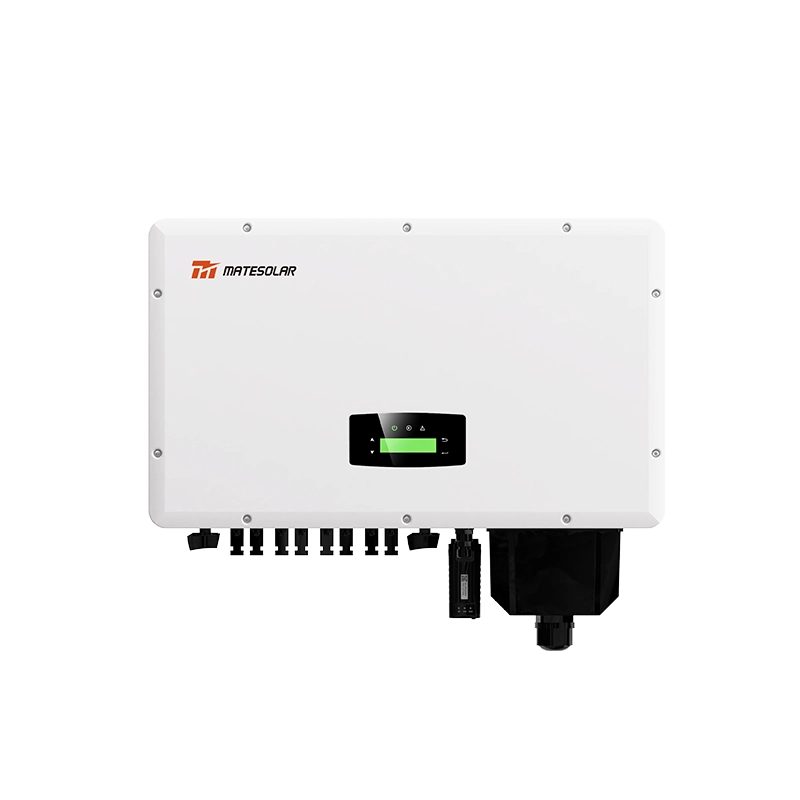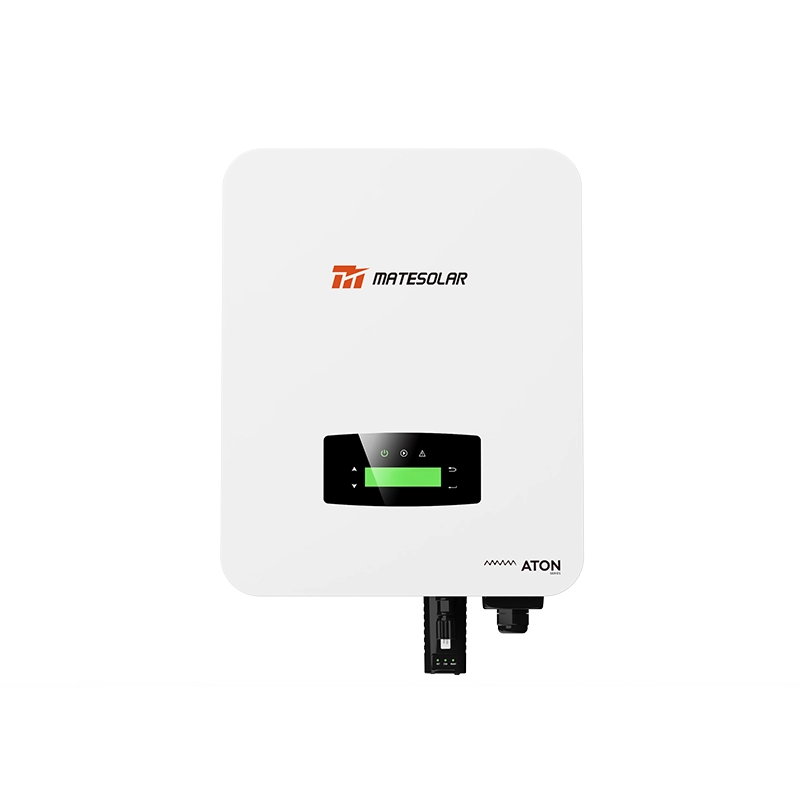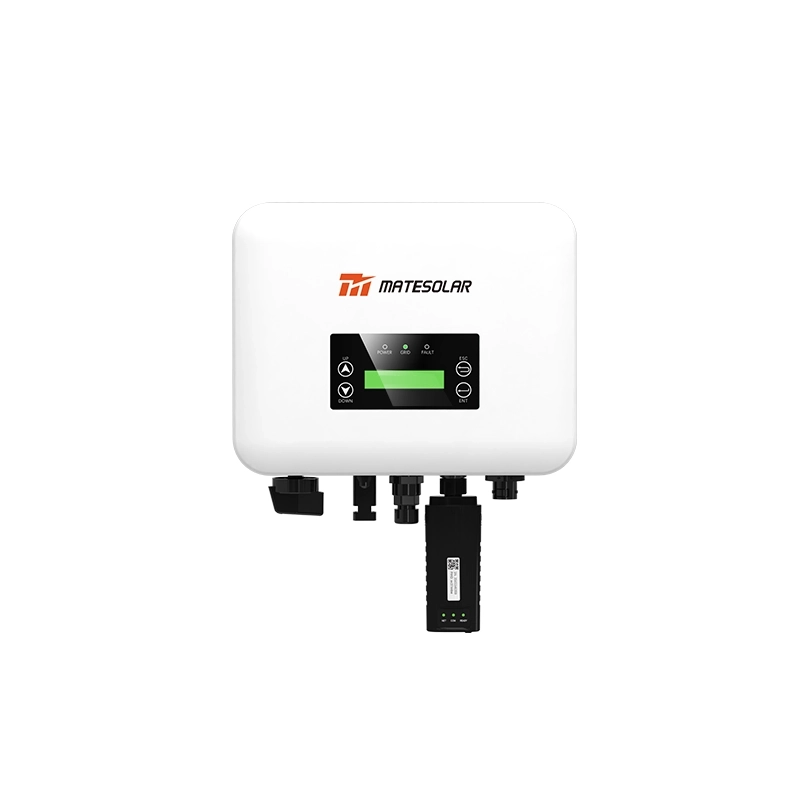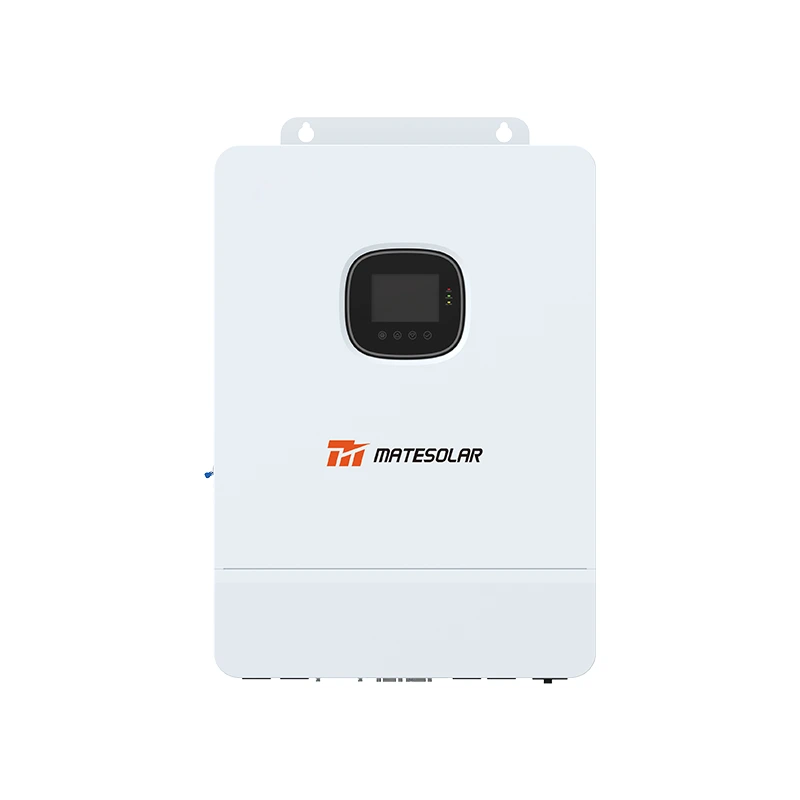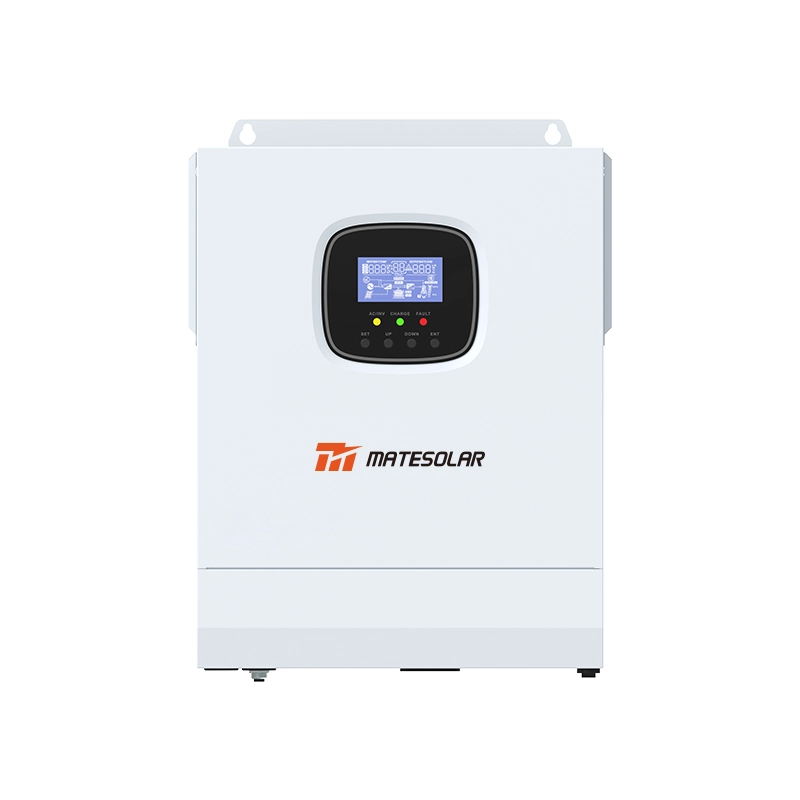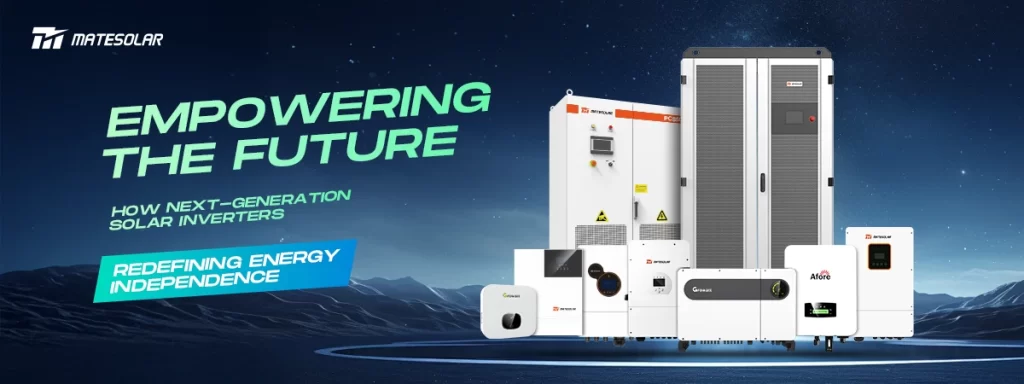
The global energy landscape is undergoing a paradigm shift as solar inverters evolve from simple conversion devices to intelligent energy hubs. Modern systems combine unprecedented functionality with aesthetic design, revolutionizing how homes and businesses harness renewable energy. On the cutting edge, innovative technologies like three-phase backup, modular design, and AI-driven management are setting new benchmarks for reliability, cost savings, and visual harmony.
The Critical Role of Inverters in the Modern Energy Ecosystem
Solar inverters are the "brains" of any photovoltaic (PV) energy storage system, orchestrating the flow of energy between solar panels, batteries, and loads. Recent advances have addressed long-standing industry challenges:
1. Grid Instability: Power outages cost the economy billions of dollars annually. Traditional inverters often fail during grid faults, but new systems like the Fronius Reserva provide uninterruptible backup through black start functionality—critical for Australian homes facing extreme weather.
2. Economic Viability: Upfront costs remain a barrier. However, integrated designs like Enphase's IQ Battery 5P, which leverage Australia's Affordable Home Battery Scheme (with a 30% upfront discount), can shorten the payback period to 2-5 years.
3. Architectural Design Innovation: Bulky modules have hindered adoption in urban areas. Solutions like GIZ's "PV Port & Store" (solar benches that double as battery anchors) demonstrate how technology can enhance architectural beauty.
Breakthrough technologies drive practicality, cost savings, and style
1. Practicality: Refining resilience.
All-weather performance: The Fronius Reserva's IP65 rating and -20°C to +55°C operating temperature range withstand coastal humidity and desert heat, while its lithium iron phosphate (LFP) batteries guarantee a 10-year lifespan.
Seamless Integration: All-in-one devices like Enphase's IQ Battery 5P (an all-in-one battery with FlexPhase technology) support single- and three-phase configurations, enabling scalable storage capacity (5-70 kWh) and adaptive power output regulation.
Instant Grid Failover: Advanced inverters reduce switching times to ≤10 milliseconds—critical for healthcare facilities or data centers.
2. Economic Advantage: From Cost to Investment
| System Scale | Typical Payback | Key Savings Mechanism | ROI Enhancer |
| Residential (10kWh) | 5–8 years | Peak shaving + feed-in tariffs | Govt. subsidies (e.g., Australia’s 30% discount) |
| Commercial (50kWh) | 2–4 years | Demand charge reduction | "Energy shifting" during price surges |
| Industrial (1MWh) | 3–6 years | Microgrid arbitrage + carbon credits | RE100 compliance |
Table: Financial Analysis by Application. Source: Industry Case Study.
Long-Term Value: LFP batteries can be cycled 6,000-8,000 times (over 15 years), significantly reducing lifecycle costs. Average annual maintenance costs are less than 1% of the system investment.
3. Aesthetic Innovation: Invisible Infrastructure.
Modular Design: SolarFlow's stackable batteries eliminate cable clutter, and the slim form factor (such as the Reserva's 17.6 cm depth) enables wall/garage installation.
Architectural Integration: Hidden installations like integrated rooftop photovoltaic tiles and India's solar benches prove that technology can complement, rather than disrupt, the landscape.
Q&A: Answering key industry questions.
Q: How do three-phase inverters outperform single-phase inverters in commercial settings?
A: Systems like Enphase's FlexPhase can adjust power per phase (0.61-1.28 kW/phase), preventing grid congestion while maximizing energy storage capacity—a game-changer for factories or farms.
Q: Can aesthetics and functionality coexist?
A: Absolutely. GIZ's solar benches house batteries within a water-filled base that doubles as a storm anchor (resistant to 200 km/h winds) and a cooling system.
Q: What certifications ensure global compliance?
A: Look for IEC 62109, CE, and UN38.3 markings. These standards verify safety, grid compatibility, and transport reliability—key to securing subsidies.
The Path Forward: Intelligence and Integration.
Emerging trends point to a highly integrated ecosystem:
Predictive Energy AI: Systems like the Haier Zero Carbon Energy Station use machine learning to predict usage and automatically optimize storage/grid power consumption.
Plug-and-Play Microgrids: Containerized units (such as 350-500 kWh mobile systems) can deploy disaster relief grids within 48 hours.
Blockchain Transactions: Peer-to-peer "energy sharing" trials underway in Europe allow inverters to sell surplus power through smart contracts.
MateSolar: Your Partner for Energy Transition.
At MateSolar, we merge future technologies with today's practical needs. Our integrated storage solutions leverage the durability, modular scalability, and integrated operational simplicity of lithium iron phosphate batteries, ensuring you can seamlessly generate, store, and manage energy. As a full-stack solutions provider, we offer:
✅ End-to-end Compliance: CE, IEC, and UN38.3 certified systems for global deployment.
✅ 15-Year Performance Guarantee: Industry-leading parts and labor warranty.
✅ Inspired Engineering: Slim, stackable, and architect-approved form factor.
Learn More: Explore our inverters at MateSolar.com/solutions.





